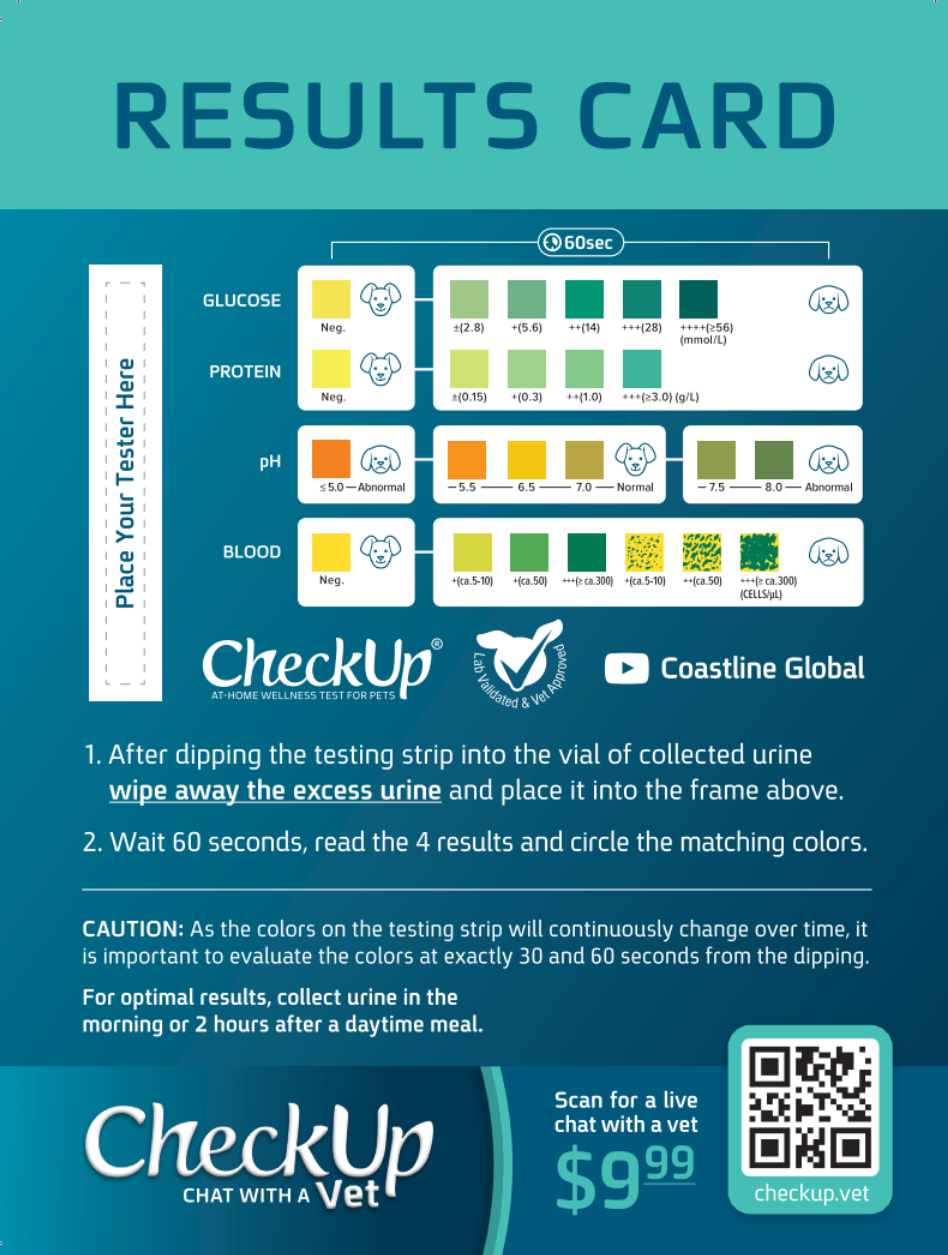Like their human owners, cats can be diabetic. Luckily, just as humans are able to medically control their diabetes, it can be controlled in our pets, too. Amazingly, in some cases, after a while, a cat’s pancreas may even heal or regenerate and start producing insulin again. The vital thing is to get your cat to the vet the minute you notice any potential symptoms. Feline diabetes can be treated, but if your cat doesn’t get care quickly, the disease will kill him.
Symptoms
When cats aren’t feeling well, their instinct is to try to hide it, which means cat owners have to be vigilant. One of the major early signs of feline diabetes is drinking excessive amounts of water. Because it can no longer process glucose, your cat’s body just expels it, along with water – which leads to another sign of feline diabetes: excessive urination.
Other early symptoms of feline diabetes are increasingly lethargic behavior, a dull coat, dandruff, extreme changes in appetite, and extreme changes in weight. Even if your cat is only experiencing one of these symptoms, take him to the vet. If feline diabetes is left untreated, you’ll start seeing more symptoms, including impaired movement of back legs, vomiting, and breath that smells fruity or like nail polish remover. Without treatment, a cat will fall into a diabetic coma, and soon die.
How do cats get diabetes?
There’s no definite answer to this question. We know that some cats are at higher risk than others: the disease tends to attack older, neutered male cats who live indoors and are overweight. Burmese cats also show a higher rate of diabetes.
But diabetes can affect any cat, regardless of age, weight, gender, or breed. If you have the slightest suspicion that your cat is diabetic, don’t think it’s impossible just because he or she doesn’t fit the typical profile.
Diagnosis
In order to confirm that your cat has diabetes, your veterinarian will do three different tests. Two of the tests are done with blood samples: a serum biochemistry profile and a Complete Blood Count (CBC). The vet will also take a urine sample to see if glucose is present, and to detect infection and other diseases. Looking for other diseases is important because 1. diabetes disrupts and affects the entire body, and it’s vital to know what additional problems your cat might now be suffering from, and 2. if your cat doesn’t have diabetes, this could help your vet understand what’s wrong.
Your vet will draw blood for the tests. To obtain the urine, she may insert a catheter, or more often, perform cystocentesis, puncturing the cat’s abdomen with a needle to reach the bladder. Both of these measures aren’t very pleasant for the cat. Fortunately, in many cases veterinarians ask cat owners to collect their cat’s urine themselves, using a kit containing special litter, an eyedropper, and a vial. Once you’ve replaced your cat’s regular litter with the litter in the kit, you’ll wait for him to urinate, then collect the urine sample. Collecting the sample is not an easy task with most kits. The best solution on the market for obtaining a urine sample in a home setting is Kit4Cat. With odorless, biodegradable hydrophobic sand instead of plastic pellets that are in other kits, Kit4Cat’s litter is much more appealing to cats: 100% of felines will use it, while nearly 75% will refuse to use the plastic beads, which irritate their paws.
Treatment
If your cat is diagnosed with diabetes, it’s not a death sentence! Treatment to keep the disease under control is affordable and comparable to treatment for humans with diabetes. A cat will go on a special diet, with food that’s low in carbohydrates. Exercise is also recommended, especially for overweight or obese cats.
Diabetic cats will need to be injected with insulin. This is much easier than it sounds. Cats quickly get used to the small needle, and it becomes a part of their routine. Your vet will show you how and when to give the injection. It’s fairly painless, and not gory, either.
In fact, the difficulty when you have a diabetic cat isn’t giving him his insulin, so much as knowing how much to give. Each cat is different, and like human diabetics, the amount of glucose in their system varies. You’ll have periodic visits to the vet where blood will be drawn and analyzed. The vet will then tell you the insulin dosage your cat currently needs.
Many people with diabetic cats will give the same dose of insulin until the next visit to the vet, but others prefer to use that as a base, and take blood or urine samples at home. Blood samples are analyzed with a glucose meter, while the glucose in urine is measured using special dipsticks that react to the urine and change colors to indicate the level. Talk to your vet if you plan to do either of these tests. If your vet recommends you monitor your cat’s urine at home, ask her for Kit4Cat and some dipsticks, or you can purchase them on amazon.com.
Can a cat with diabetes live a happy life?
The good news is, yes. With treatment, diabetic cats can live long lives, and the treatment itself just becomes a part of their routine. Cat owners may at first be worried about keeping up with insulin injections, especially if they’re going out of town. But even this really isn’t a problem: many petsitters have vet tech training and specialize in caring for diabetic cats. Ask your veterinarian for a recommendation, and invite the petsitter to your home to check that he or she can give injections and do whatever else is required for your feline pal to stay healthy while you’re away. If you still feel overwhelmed, you and your cat aren’t alone: do an online search for diabetic cat forums and support groups so that you can ask questions, share information about treatment, and maybe even make new friends.







